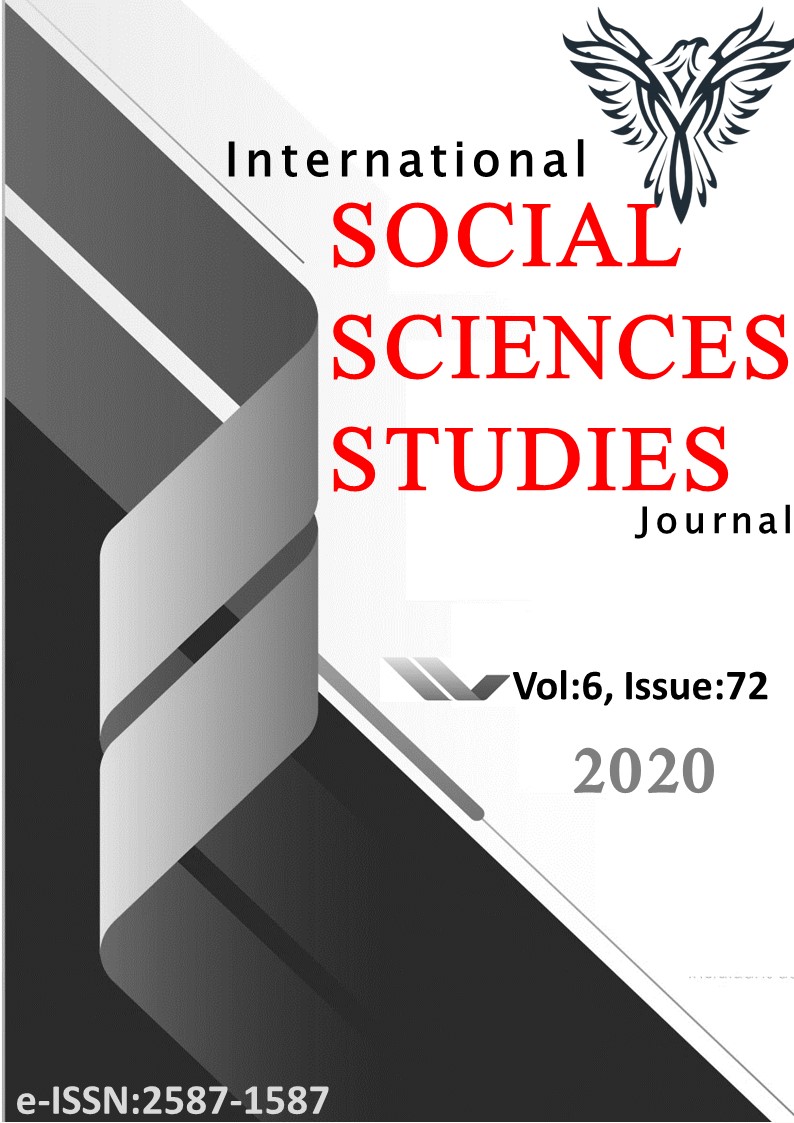Author :
Abstract
Bu makale, 1926'da Bulgaristan'dan Türkiye'ye göç eden bir ailenin üçüncü kuşak bir üyesi için var olmayan episodik bir hafızayı yeniden inşa etmek için fotoğrafın ve otoetnografinin görsel ve yazınsal anlatım olanaklarını kullanarak bir geri dönüş incelemesini içermektedir. Atalarının geldiği Alfatlı/Bulgaristan göçü sırasında ilk yazarın ailesinin sözlü, görsel veya yazılı geçmişiyle ile ilgili belirsiz bir hikaye dışında herhangi bir bilgi bulunmamaktadır. Çalışma, Walter Benjamin’in ‘Tarih Kavramı Üzerine’ ve ‘Fotoğrafın Küçük Tarihi’ gibi yapıtlarındaki tarih ve fotoğraf ile ilişkisinden hareket ederek geri dönüşün fotografik olarak önemli ve kullanılması gereken görsel bir araç olduğu üzerinde duruyor. Çalışmanın anlatı bölümü ise postmodern bir yöntem olan otoetnografinin kullanılarak üçüncü kuşağın etnografik bir bakışla otobiyografisini çözümlemeye çalışmasından oluşuyor. Anlatı bölümüne eklemlenen fotoğraflar ise Benjanin’in ‘suç mahali’ olarak adlandırdığı kavramla ilişkilendirilerek anlatı-görsel ilişkisi yapılandırılıyor. Çalışma, buradan hareketle üçüncü kuşak göçmenin tekrar suç mahaline dönerek, kayıp hafıza ile kimlik arasında bir bağlantı kurmanın anlamlı ve olası bir yolunu bulması için fotoğraf ve otoetnografik geri dönüşü metodolojik olarak kullanmasının olasılığını tartışıyor.
Keywords
Abstract
This paper examines the backtrack searching through the use of photography’s visual and experiencing an autoethnographic journey’s narrative possibility to reconstruct an episodic memory which does not exist for a third-generation member of a family who emigrated from Bulgaria to Turkey in 1926. During his journey to Alfatlı/Bulgaria where his ancestors came from, first author’s had no information on his family’s oral, visual, or written history except a vague story. Based on the relationship between history and photography in Walter Benjamin's works such as "On the Concept of History" and "Little History of Photography", this work emphasizes that return is a photographically important and visual tool that should be used. The narrative part of the study consists of using autoethnography, a postmodern method, to analyze the autobiography of the third generation with an ethnographic perspective. The photos attached to the narrative section are associated with the concept that Benjamin calls " scene of crime " and the narrative-visual relationship is structured. The study therefore discusses the possibility that the third generation immigrant will return to the scene of crime and use photography and autoethnographic backtrack methodologically to find a meaningful and possible way of establishing a link between lost memory and identity.





